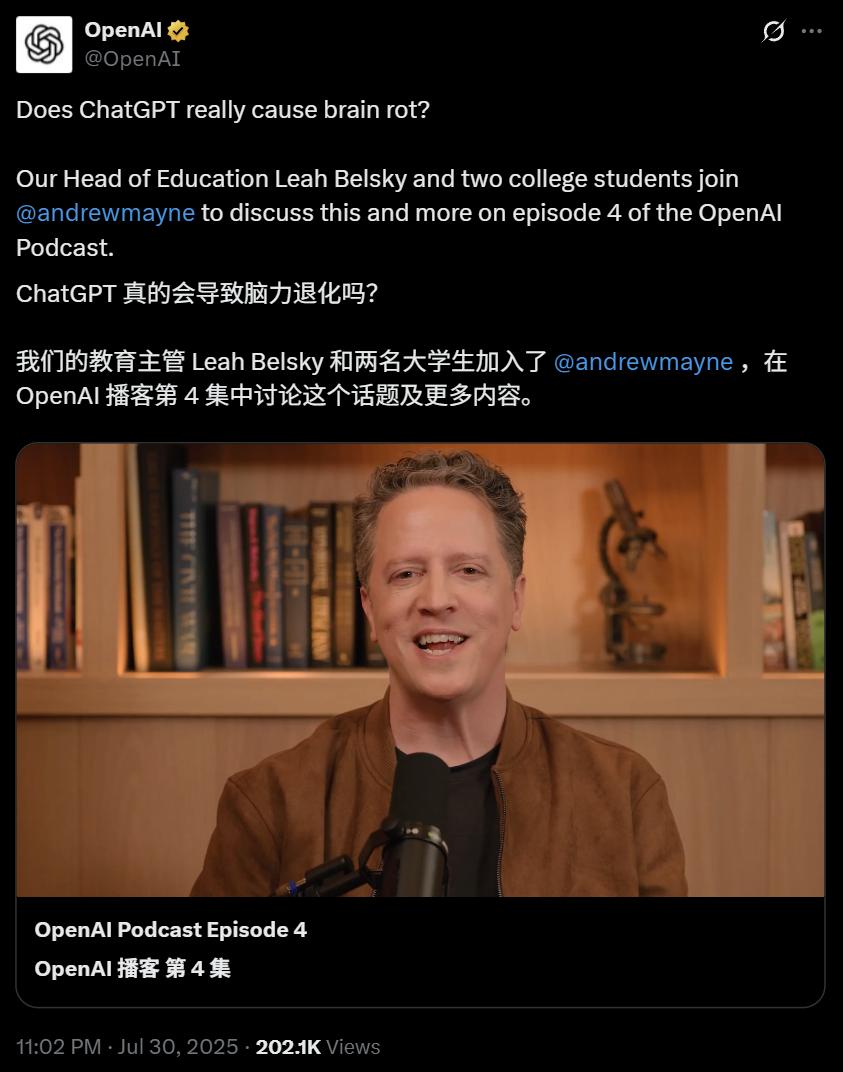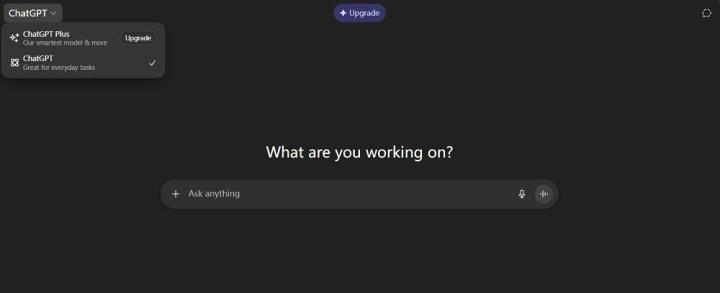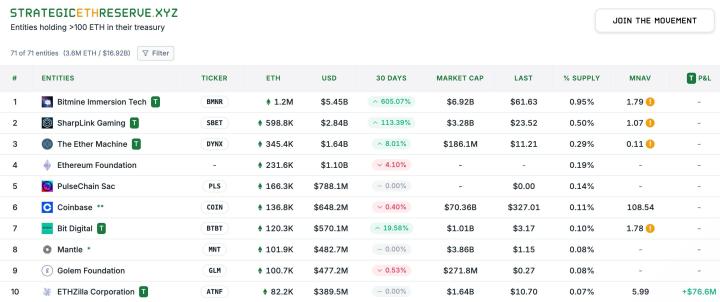[Guide] Within OpenAI, there is a dream called the North Star: to make AI a lifelong mentor and friend for everyone, thereby achieving true educational equity. OpenAI views ChatGPT as a learning platform dedicated to bridging the educational gap and empowering 600 million global users.
Will ChatGPT cause brain degeneration? Is it just a cheating tool?
Before joining OpenAI, Leah Belsky had already worked in the education field for 15 years, from the World Bank to Coursera, focusing on the mission of "making education benefit the world".
When accepting the job, the COO told her: "I want you to challenge that great moonshot. We all have a dream - that AI can greatly enhance human potential and become a lifelong mentor and friend. Go pursue that dream, ensuring that everyone in the world can use it."
This sentence became the team's "North Star" (guiding principle).
The core of OpenAI is its mission and its people. ChatGPT is currently the world's largest learning platform.
Learning is one of its primary use cases, with 600 million users on the platform. It views ChatGPT as the new frontier of learning.
Teachers are the main users of this platform, using it to escape their heavy administrative work while also bringing it into the classroom.
Notably, there is a strong demand for ChatGPT worldwide.
Estonia is at the forefront, first realizing, "Wow, this is an opportunity to help our students go further and give teachers stronger capabilities."
Subsequently, countries began to follow suit.
These countries are not only looking to deploy AI as core infrastructure in their education systems but also because they feel the pressure of economic transformation.
They realize that to develop an AI-driven economy, they must cultivate the next generation who understands how to use AI.
This is not just about offering a few AI courses, but ensuring that every student personally experiences and uses AI in the classroom.
Those universities that have invested in AI feel very proud because they allow all students to use AI equally.
They firmly believe that AI should be campus infrastructure, open to everyone.
However, students are skeptical about using AI provided by their schools.
Universities are beginning to understand that to truly help students use ChatGPT, they must first build trust with students.
When using unreliable AI detection tools, just wrongly accusing one or two students of cheating can destroy the trust between teachers and students.
Study Mode
"Study Mode" transforms ChatGPT from simply "giving answers" to truly "guiding students to find answers".
In this mode, ChatGPT will guide you with Socratic dialogue, adjusting responses according to your level, understanding the learning context, asking high-quality follow-up questions, and even offering a small quiz to encourage deeper thinking.
This is the first step in crafting ChatGPT into a "personal AI tutor".
The inspiration actually came from a team trip to India.
Local families spend a large portion of their income on tutors and after-school coaching, and young people have a strong desire for knowledge and self-improvement.
So, the team began to think: How can we make ChatGPT a better tutor?
Based on learning science and educational experts' theories, they built a framework defining how an "AI tutor" should respond to truly promote learning, not just provide answers.
One can imagine "Study Mode" explaining organic chemistry and directly popping up an interactive molecular structure diagram.
It can become proactive and become a learning companion that grows with you.
ChatGPT can not only help you pass exams but also help you remember knowledge for a long time.
In some families, they can afford private teachers and after-school tutoring.
Many children might attend the same school, but children of parents who can afford tutors may have a higher chance of success.
The first place AI will have a huge impact in education is not in the classroom, but outside the classroom.
It is achieving equal learning opportunities.
There are many students worldwide who cannot access quality teachers, cannot afford tutors, and do not have parents who can sit down and coach them.
But with AI, they now have a partner who can encourage them, provide feedback on their homework and writing, and help them solve difficult problems.
Core Competency: Programming!
For many years, a student always struggled in computer science courses, began to want to give up, and couldn't understand the textbooks.
But after using ChatGPT as a tutor, she began to think: "Oh, I can ask questions, I can understand now, and I have confidence. Maybe I can continue learning."
What do tutors do in the real world? They give you encouragement, creating confidence that "I can do this, I want to learn, I can improve".
Then, of course, they will impart knowledge in a way that fits your background and is personalized. ChatGPT can do all these things.
Recent data shows that employees who use AI effectively in their work will see a surprising increase in productivity.
This is especially evident in professional services and financial sectors.
In fact, any college graduate today needs to know how to use AI in daily life.
This is equally important both during their job search and after starting a new job.
Therefore, one important reason why universities are deploying AI as a core infrastructure across campus is that they want to ensure students graduate with these "workplace skills".
Data shows that seven out of ten employers would rather hire someone with AI skills than someone with ten years of experience in a specific field.
Another core competency that is about to become important is programming.
There was a time when we thought all students needed to learn programming, and then the focus shifted to professional engineers.
But now, with AI-assisted programming, various tools have made programming easier.
We will enter a new stage where every student should not only learn how to use general AI but also learn how to use AI to create images, develop applications, and write code.
Basic programming skills will become an important core competency.
As programming becomes easier, the ability to understand, create, and debug code will become an increasingly important core competency.
The more time people spend trying to use these tools and exploring different uses, the greater the benefits.
An effective method is to regularly communicate with others, whether in the workplace by sitting together to discuss every week or month, or among students sharing what they have learned.
Does ChatGPT cause "brain degeneration"?
Recently, there have been some sensational headlines saying that AI will cause "brain degeneration" in education.
Ultimately, AI is a tool, and in the field of education, how to use this tool is most important.
Learning requires hard work, requires wrestling with information, and requires digestion and processing. If students treat AI as an answer machine, they will not learn anything.
The OpenAI team hopes to truly help students and educators use AI in a way that can expand critical thinking and creativity.
Belsky's daughter is learning long division, a process that requires some struggle and can even bring tears.
If you hand her a calculator and say: "Don't calculate it yourself, just use this," she won't learn long division.
The use of AI is the same.
If you only copy and paste answers, you won't learn anything.
What really needs to be considered is how you should use these tools and how to use them to enhance critical thinking.
The reason for creating learning modes is to ensure that students do not have to figure out how to ask questions to obtain feedback, tests, or guided learning.
Once in learning mode, the model will push you, guide you to find answers, and provide personalized contextual knowledge.
Saving a daughter with "reading and writing disabilities"
One of ChatGPT's magical qualities is its infinite patience.
For any question you ask, there are no stupid questions in ChatGPT's view. It will always respond and always give you a sincere, reasonable answer.
Secondly, half of the motivation for learning comes from "feeling confident and inspired".
Creating quality courses and technology is one thing, but to truly get a child to learn, you need to make them feel "I can learn" and "I want to learn".
One of the reasons Belsky came to OpenAI was related to her daughter, who has reading and writing disabilities.
For many years, seeing her son read the newspaper in the morning made him sad, wondering how this smart little girl could understand the world.
That summer before joining OpenAI, they launched an advanced voice mode.
She handed her phone to her and said: "Zoe, try chatting with ChatGPT."
She said: "Hi, ChatGPT, my mom is worried that I can't learn about current events because I can't read newspapers like my brother. Can you tell me what's happening in the world?"
At that moment, it was particularly touching when ChatGPT responded: "Of course, Zoe. What are you interested in? What would you most like to know about today's world events?"
They chatted about everything she was interested in, space, robots...
At that moment, she realized that ChatGPT would open a new world for this girl, and she no longer needed to worry about her as before.
References:
https://x.com/OpenAI/status/1950572629670412376
https://www.youtube.com/watch?v=QCLkJra0PjY
This article is from the WeChat public account "New Intelligence", editor: Ying Zhi, published by 36Kr with authorization.





























